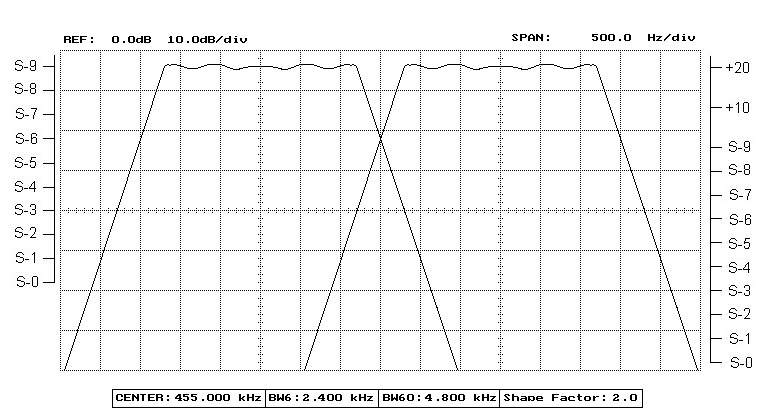
|
|
|
|
|
Shack |
Antenna |
Barry DeShon |
![]() When I upload a new picture this page Auto-Refreshes
When I upload a new picture this page Auto-Refreshes
Solar Weather
For More Solar Weather Information Click Here
Single Sideband Bandwidth
 |
|
If there were two SSB stations using typical OEM filters and the receiving station has an on channel S9 signal strength (Left graduation) and only 3 KHz apart, both of them are transmitting an S-6+ signals into each other’s adjacent channels. If they were both S9 +20 Db. (Right graduation) they would be transmitting an S-9+ signals into each other’s adjacent channels. It can also be seen here that reducing power to a respectable S-9 received signal improves adjacent channel interference while maintaining acceptable communication signals. To see charts of the results click HERE. Courtesy requires transmitting a strong enough signal to be easily copied over noise, but not into our neighbor’s channel. In the real world, transmitted bandwidth could be even wider than this graph due to added inter-modulation distortion of amplifier stages in receivers and transmitters. |